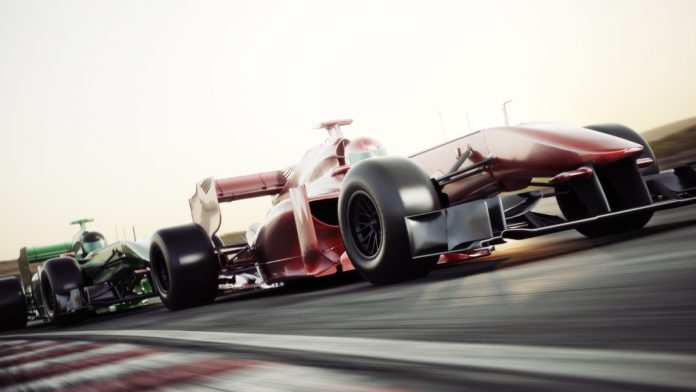Factoring in reliability when crafting an Formula One (F1) betting model is one of the difficulties, explains Sam Hoppen, as cards can ‘crap out’ at any time.
Speaking on the latest episode of the Deep Dive, entitled Formula 1 Modeling With Sam Hoppen, the avid F1 fan also pointed that his research has been aided by the ‘impressive’ availability of public data in the sport.
He explained: “Without getting too into the details there are python packages telemetry data, which is essentially player tracking data but for cars. It gives you second by second details of where the cars are on the track, their acceleration and just a bunch of stats.
“These stats go back decades and decades, which is super helpful.”
Hoppen revealed that when he first began the modelling, he considered trying to do a lap by lap simulation to try and determine the times drivers would get in a given race. However, Hoppen stated that due to each circuit being different, in turns and length, you could not normalise lap times.
He commented: “What I’m doing now is a little simpler and based on historical results, their pace and how far off the pace they were in the race. So I built a model to project what their finishing position is going to be and then run some simulations to determine where the racers are going to finish, add those up and then come up with the percentages when compared to the betting companies.
“One aspect of it was trying to factor in the reliability. Cars can ‘crap out’, you can put £150 of Verstapen to win, thinking it’s a guaranteed win but the car craps out on the 56 of 57 laps it just is what it is.
“So trying to split that and the driver’s performance vs what the car is contributing is very difficult and I think people lean towards the car being the deciding factor.”
Later on in the podcast, Hodden highlighted important factors in F1 modelling, where he stressed that the driver’s qualifying position is the most important part of what drives his results, similar to how it drives the prices in sportsbooks.
“The one thing that I haven’t been able to include is, hopefully I’ll be able to in the next couple of months, the driver reliability to maximise going in and coming out of turns or being able to hit the max topline straight speed,” Hodden commented.
“The strategy aspect of it with the tyres is very difficult because you can hear on the broadcasts what the team are going to do, whether they’re pitting two or three times, and trying to quantify that and determine whether or not it was the optimal strategy, it could have been but then a safety car comes out and ruins everything.
“Replacing engines or power units throughout the season and what level of boosts does a new power engine have that is going to give them an edge.”





